Vrikshasana (Tree Pose) Steps, Precautions and Benefits
Vrikshasana widely known as Tree Pose is a standing + balancing yoga posture. It is probably the first balancing posture that you would practice in yoga. Tree Pose is a perfect yoga pose for beginners to learn to hold...
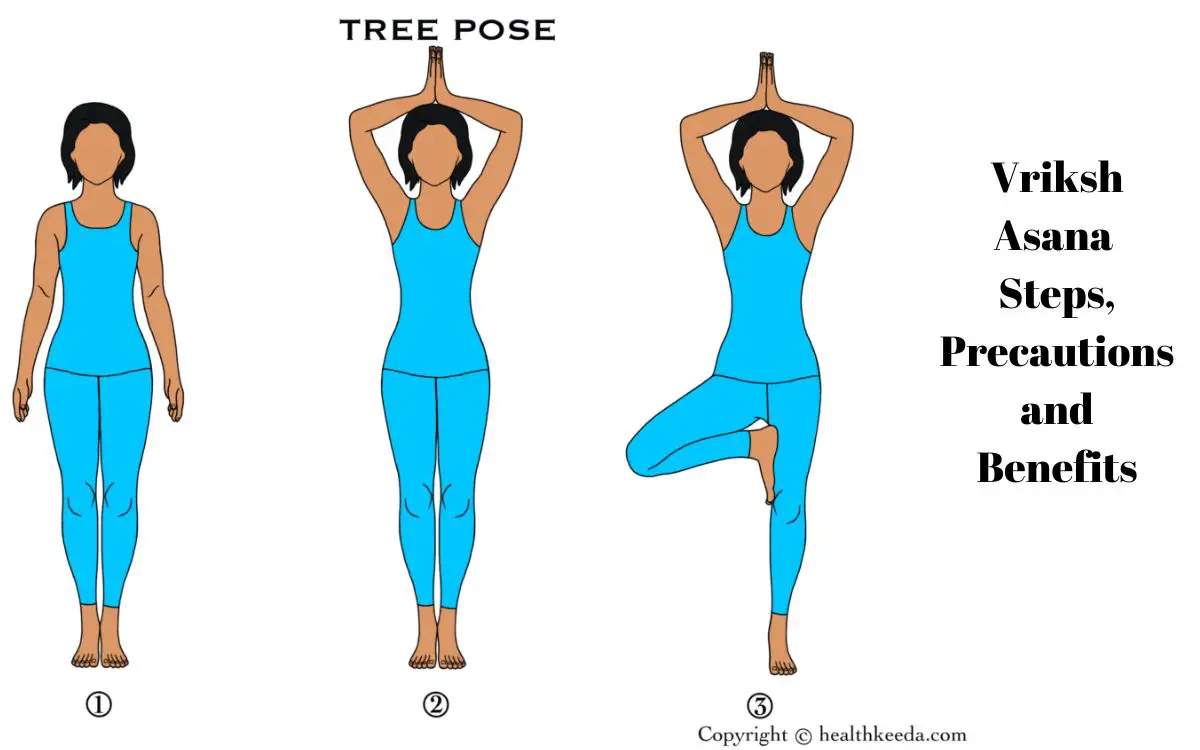
Vrikshasana widely known as Tree Pose is a standing + balancing yoga posture. It is probably the first balancing posture that you would practice in yoga. Tree Pose is a perfect yoga pose for beginners to learn to hold the body steady. Just like other balancing poses, it builds a sense of balance and coordination in the practitioner.
Who should not perform Vrikshasana?
Those with high blood sugar levels must resist raising their upper extremity above the scale of their head for an extended period.
Do and don’ts of Vrikshasana?
DO’S:
1. Pull your forearms back and open your chest.
2. Arms outstretched above the head, hands met, upper arms trying to touch earlobes.
3. Keep your balance while stretching your entire body upward.
DON’TS:
1. Bend your arms. Bend forward or to the side.
2. If you have headaches, trouble sleeping, drowsiness, lower leg or limb pain, or low or high blood pressure, you should avoid it.
The Sanskrit name Vrikshasana is derived from two words, first ‘Vriksha’ which means tree’ and second ‘asana’ which means ‘posture’. While practicing this pose, plant your leg deep into the earth like tree roots and stretch the body towards the sky like its branches.

Vrikshasana Steps
Starting Position: Tadasana (Mountain Pose); Stand upright keeping the spine erect and feet together. Big toes and heels must be touching each other. Keep the hands by the side of the body. The weight of your body should neither be on the heels nor on the toes but distributed evenly on both of them.
Choose a point in front of you and maintain your gaze on it throughout the practice. This helps to maintain the balance. Bend your right leg and transfer the weight of your body on the left leg.Using your hand, place the right foot on the left inner thigh bringing the right heel at the root of the left thigh. Keep the toes pointing downwards. The foot presses against the thigh and the thigh against the foot.Once you secure the balance, slowly raise your arms over the head and join both of your palms. Keep the arms straight, elbows slightly bent and stretch your body in the upward direction.Relax in the pose. Feel each and every breath coming in and going out of the body. Stay in the position for 20 – 30 seconds breathing normally.To come out of the pose separate the palms and lower the arms. Next, gently take the right foot away from the thigh. Straighten the right leg and come back to starting position.Repeat the same steps from the other side of the body by changing the position of legs. Practice for the same duration of time on each leg.Beginner’s Tip:
Don’t be surprised if you find yourself falling out of the posture. For beginners, it will be hard to maintain the balance. To make the pose easier, instead of raising the arms you may keep the hands to your chest in namaste gesture. Follow the steps slowly and keep trying again and again. Just in a few days, you will be able to find your balance.
Precautions
Avoid practicing Vrikshasana in case you suffer from any these condition: vertigo, high or low blood pressure, knee or ankle pain, insomnia, dizziness or a migraine.
Vrikshasana Benefits
Tones and strengthens the muscles of the leg.Develops a sense of balance and coordination.Warms up the whole body by stretching it from head to toe.Improves concentration and calms the mind.Since it stretches the leg muscles, it is found to give relief in Sciatica.Variations of Vrikshasana
1. Chair pose
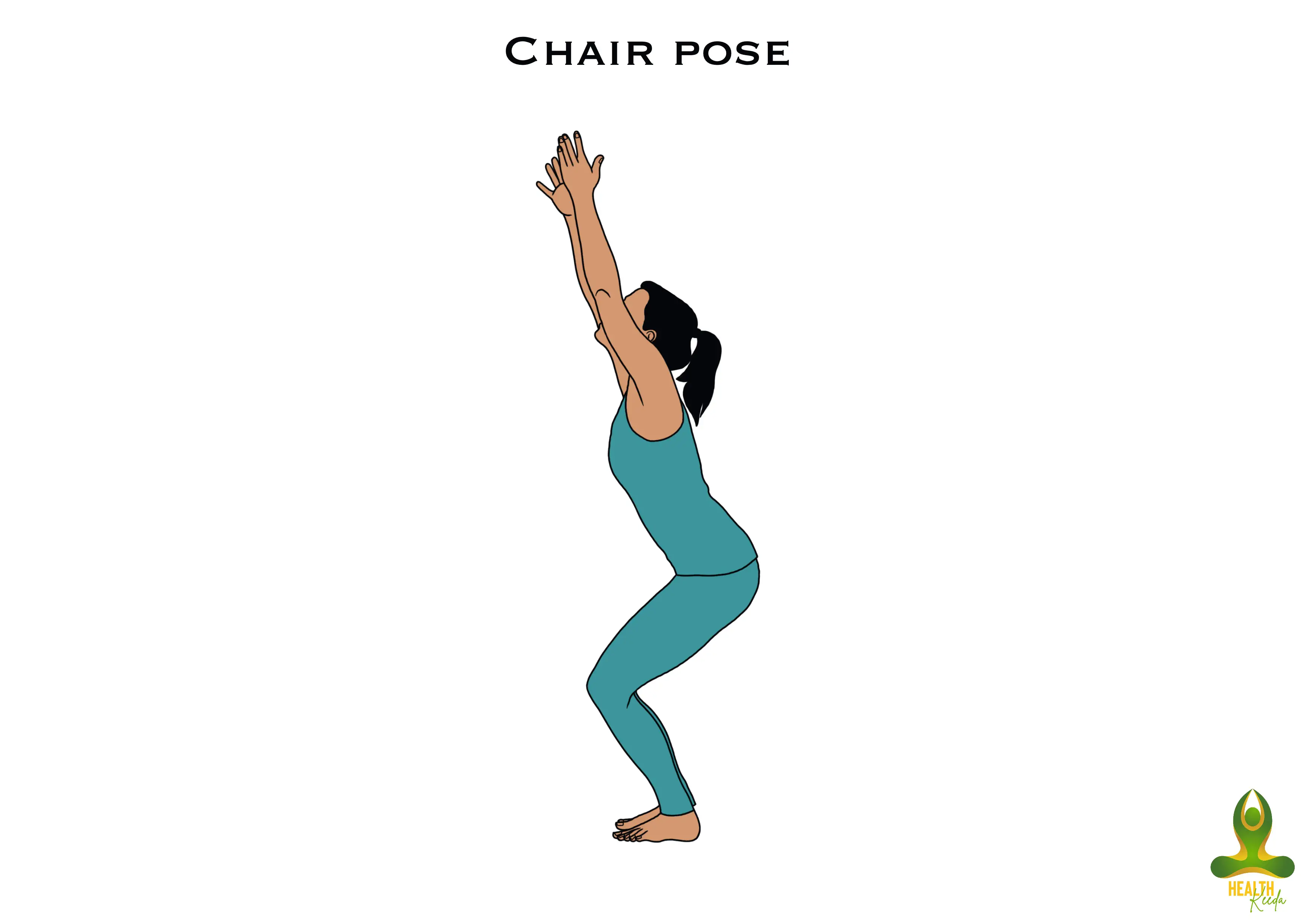
The chair pose is a standing yoga posture that works the foundation. This strong pose can help you boost your legs, back, and shoulders.
Chair pose entails leaning quietly as if about to fall into your seat but carrying the posture so that your muscles stabilize and intensify.
2. Tadasana
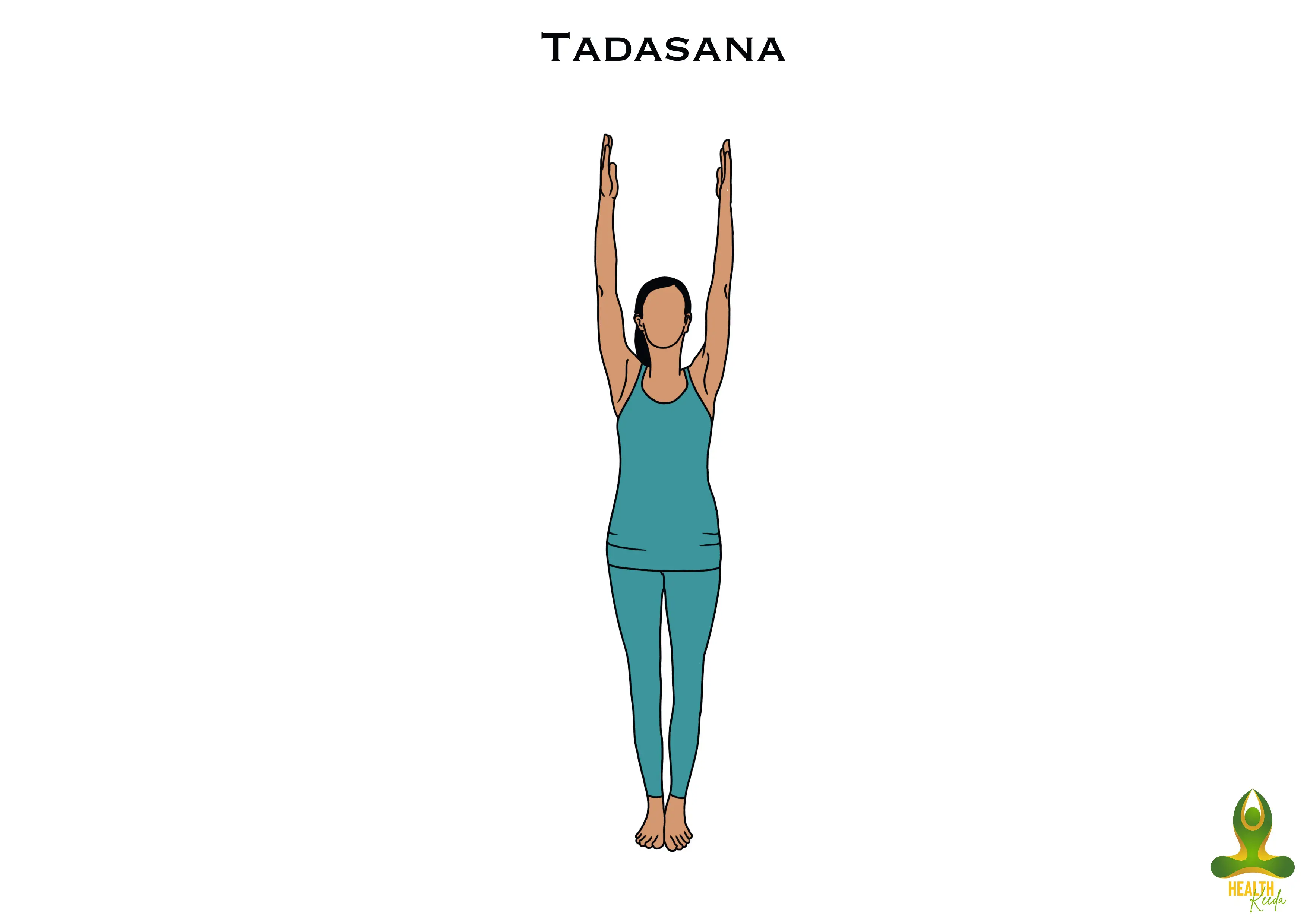
Tadasana yoga, also known as the Mountain Pose, is appropriate for all peaks of yoga therapists and is regarded as the framework of all basic standing yoga. This posture necessitates you to involve your full body while soothing your brain.
3. Eagle Pose

Eagle pose is an excellent stress relief yoga posture. While you concentrate and retain the position, it encourages core stability and soothes your mind. It helps your body to interact favorably with hectic impulses and restricts your emotional states over time. This asana should be performed on an empty belly.
Contradictions
While vrikshasana is a wonderful pose for everyone, you might be unable to perform it due to medical reasons. While it is a revitalizing posture, it should only be practiced in moderate amounts.
This yoga meditation should not be practiced if you have hypertension, dizziness, nausea, or breathing problems. Before performing this asana, you should also seek medical advice, as they’ll be able to advise alterations depending on your situation.
Stay healthy stay strong and get the best out of life.
Here are few hand-picked article you should read :
Ashwa Sanchalanasana (Equestrian Pose) steps, benefits & precautions.Purvottanasana (Upward Plank Pose) steps, precautions & benefits.Marjariasana (Cat Stretch Pose) steps, precautions & benefits.Pawanmuktasana (Wind Relieving Pose) steps, precautions & benefits.Effective Yoga Asanas to Increase HeightYoga Asanas to Instant EnergyTell us what you think about this article in the comments section below. Take a while to share it with your friends and family.
Thanks for reading. Hope you visit again soon.

 MikeTyes
MikeTyes 







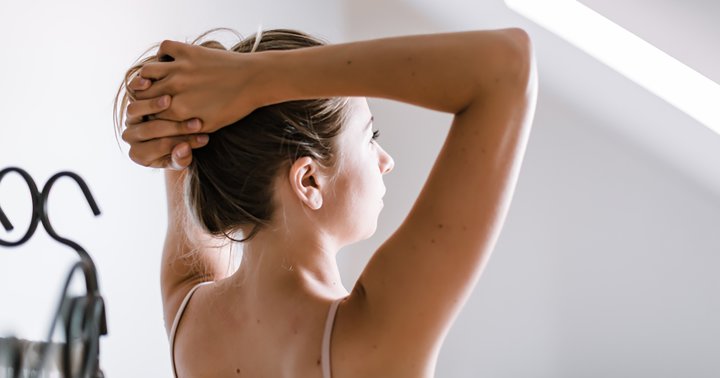




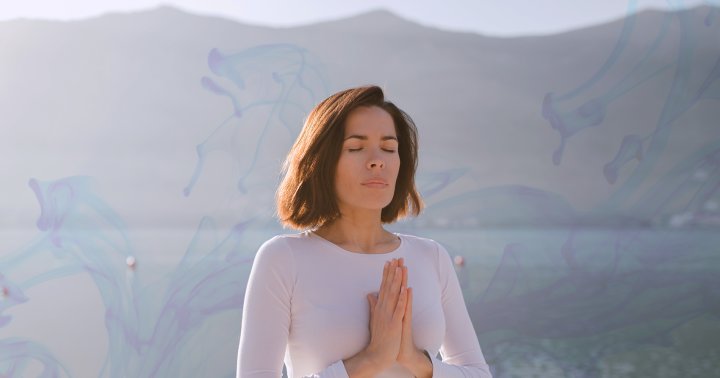






.jpg&h=630&w=1200&q=100&v=6e07dc5773&c=1)












